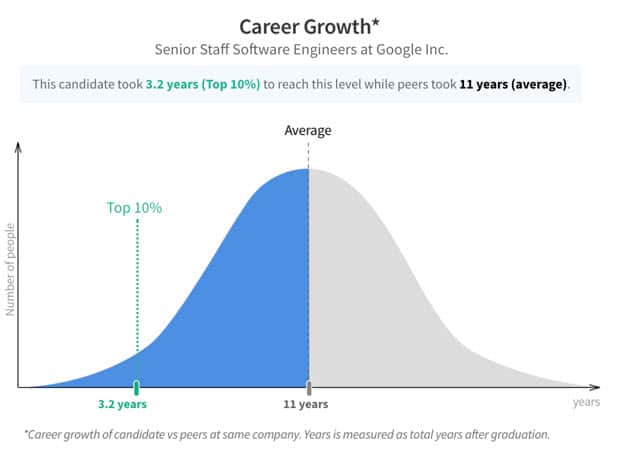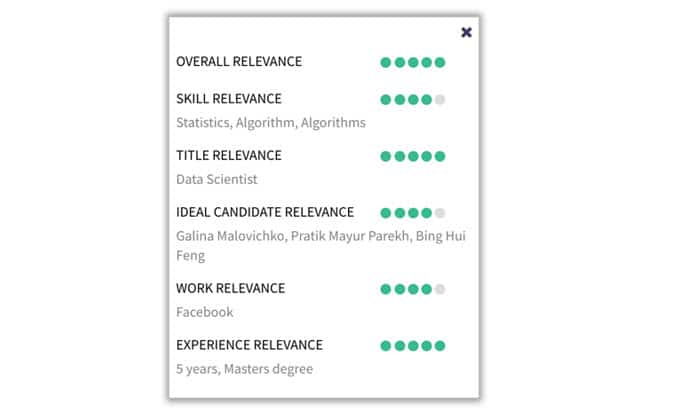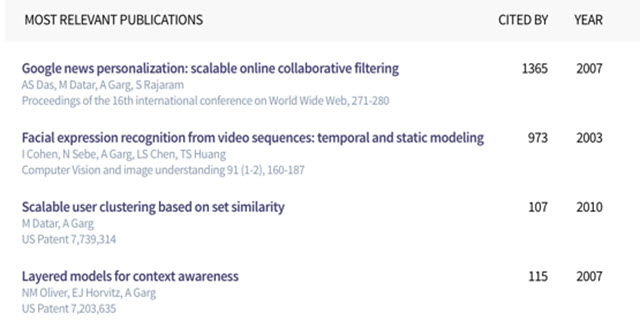• 46% of all new employee hires fail within 18 months according to Leadership IQ.
• Between 40% and 60% of new upper management hires fail within 18 months according to the Harvard Business Review.
• Only 19% of new hires are considered an unequivocal success according to the Center for Creative Leadership.
Passing on Leonardo da Vinci and a Massive Patent Portolio
It’s ironic that today’s digital-first organizations rely on 500-year-old recruiting processes.
Imagine someone with the cognitive ability, intellect, insight, and knowledge of Leonardo da Vinci applying to your company and being rejected. Check out this resume from 1482, and you can see how recruiting hasn’t changed in over 500 years. The majority of organizations today wouldn’t hire him because of their ingrained conscious and unconscious biases, and because they have ATS technology designed for the recruiter’s convenience, not focused on capturing the capabilities of candidates.
A person comparable to the genius who created the Mona Lisa, Last Supper, Vitruvian Man and a myriad of scientific discoveries and inventions that modernized the world today could have the potential to generate hundreds, if not thousands of patents. In this era of the Internet of Things, smart products, and AI integration, Leonardo’s equivalent would shift the balance of power of any patent race in his employer’s favor.
Data Needs to Drive Recruiting and Replace Resumes
One of the most valuable traits of a potential new hire is the ability to unlearn old concepts, and embrace and master new ones quickly. Finding candidates who have the energy, focus, and passion for pursuing lifelong learning and continually reinventing themselves – like Leonardo da Vinci – are the most valuable. And that innate strength is in the data that reflects their current and emerging capabilities.
Higher quality data provided in an unbiased way is the roadmap to better hiring decisions. Data also scales further than any dated resume ever can. Consider the following forms of data a Talent Intelligence Platform, integrated to ATS and HCRM, can provide to improve recruiting and hiring beyond the resume:
• Career Growth Bell Curve: Provides a graphical illustration of how a given candidate’s career progression and performance compares relative to others.

• Social Following On Public Sites: Provides a real-time glimpse into the candidate’s activity on Github, OpenStack, and other sites where technical professionals can share their expertise. This also provides insight into how others perceive their contributions.

• Highlights Of Background That Is Relevant to Job(s) Under Review: Provides the most relevant data from the candidate’s history in the profile so recruiters and managers can more easily understand their strengths.

• Recent Publications: Publications provide insights into current and previous interests, areas of focus, mindset and learning progression over the last 10 to 15 years or longer.

• Professional overlap that makes it easier to validate achievements chronicled in the resume: Multiple sources of real-time career data validate and provide greater context and insight into resume-listed accomplishments.

Conclusion
It’s time to take a more data-driven approach to the talent crisis every organization is facing today. When just 19% of new hires are an unequivocal success, recruiters and hiring managers are in a constant state of churn. Broader initiatives including digital transformation won’t succeed until companies get their recruiting and hiring right.
Don’t pass on the next Leonardo da Vinci because you only had a resume—you might miss out on your company’s Renaissance.










